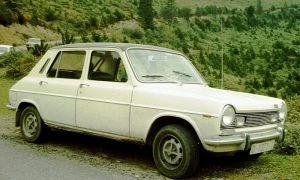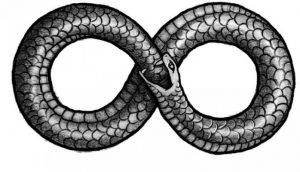Simca: A Forgotten Marque?
The first car I ever owned was a Simca. Before I owned it, I had never heard of the marque, and my dad, who had helped me find this set of wheels to get me to a summer job, described it as the French equivalent of a VW Beetle or a Mini. After that summer of using the Simca to get to my holiday job, I ended up selling it and using the money to buy a fridge, which I needed for my new flat. I have never heard or seen any other Simcas since then. Needless to say, there is that part of me that, now that I have left my student days well behind me and am probably officially middle-aged, is kicking myself for selling it (the fridge is also long gone). Especially as now, it would be worth a lot more than a refrigerator, given that would have been a fairly rare classic car. The same could probably be said by most of us about our student cars.
I cannot remember the model of Simca that I owned. However, a quick crawl through the range of images online suggests that it was probably a 1000 or 1100. Given that the engine was at the front (I remember almost ritually checking up the fluids every week on a Thursday, opening the bonnet to do so), I can therefore conclude that it was a 1100, as the 1000 had a rear engine, like a VW Beetle.

Simca 1100 – a wee trip down memory lane for me.
I have noticed blank looks similar to mine when I start talking about my first car. “Who makes that?” is quite a common question. As it would be nice to have a nice article to direct these dinner party guests to, I thought I’d put together a bit about Simca, what they made and what happened to them.
My father had called the Simca the French equivalent of the Beetle or Mini. He would have done better to say that Simca was the equivalent of the Fiat Bambina or Fiat 500. This is because the company, originally known as “Société Industrielle de Mécanique et Carrosserie Automobile” (that’s French for “Mechanical and Automotive Body Manufacturing Company”) was founded by Fiat in 1934 so they could outsource the production of their 508 and 518 models. Then World War 2 happened and Simca nearly went under, especially because of its Italian roots, and the Italians (under Mussolini’s Fascists) had been rather pally with the Nazis who had occupied France during the war. However, the company won a contract to repair US Army Jeeps, which put them on a sound financial footing.
For the next two or three decades, Simca grew slowly, although they were overshadowed by the better-known French marques, Renault, Citroen and Peugeot, especially Renault. However, it was successful in its home country, with the 1100 being one of the most popular cars in France by the late 1970s. Simcas were manufactured in a number of countries, including Australia, which is probably where the one I owned was made. The company also managed to take over the Talbot-Lago brand, with several Simca models also being sold with Talbot badging.
However, Simca was itself taken over, slowly and surely, by Chrysler. The American company bought a sizeable share of Simca in the late 1950s, although the company was still mostly a subsidiary of Fiat. Chrysler gradually edged Fiat out and took over the majority of shares in the 1960s. Finally, by the early 1970s, Chrysler took the company over completely and Simca’s name was changed to Chrysler France. The old Simca badge was phased out, with the last official Simca being made in 1973, which tells me that my car was older than me. After that, the cars made in Simca’s factories all had the Chrysler badge, including the Alpine and the Horizon.
I doubt I will try hunting down another example of my old Simca (presumably) 1100. If I were to look for a classic car, it would probably be something else, even though I thoroughly enjoyed driving my Simca, despite the lack of power steering and the fact that the speedo was in mile per hour, meaning that I had to do plenty of mental arithmetic during my daily commute to ensure I kept to the speed limit. However, given that Chrysler Europe was itself taken over by the Peugeot group in the late 1970s, I started speculated what the closest modern-day equivalent would be. I had a look at the latest offerings available from Fiat-Chrysler Australia (an appropriate blend of names, given Simca’s history) and decided that the closest thing was… the Fiat 500. Which is where Simca started, ouroboros fashion.

The Ouroboros – ending where it begins. Wouldn’t it make a great automotive logo?